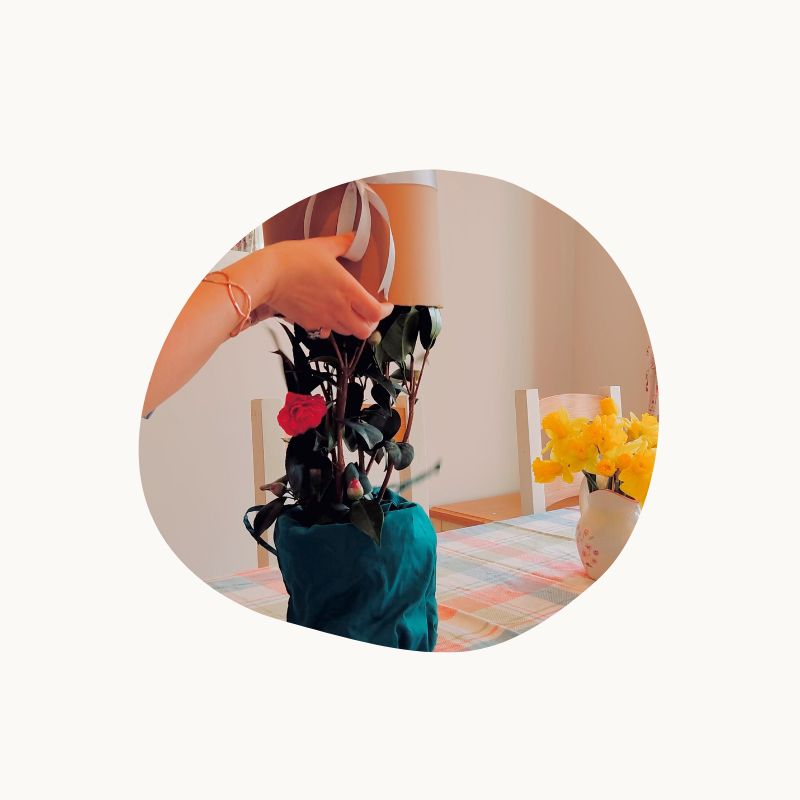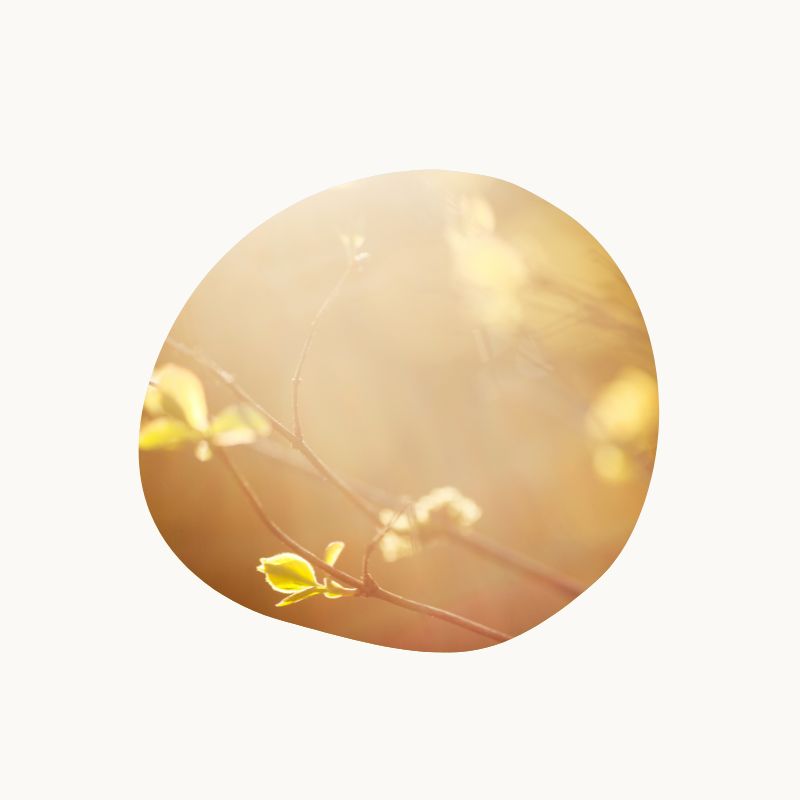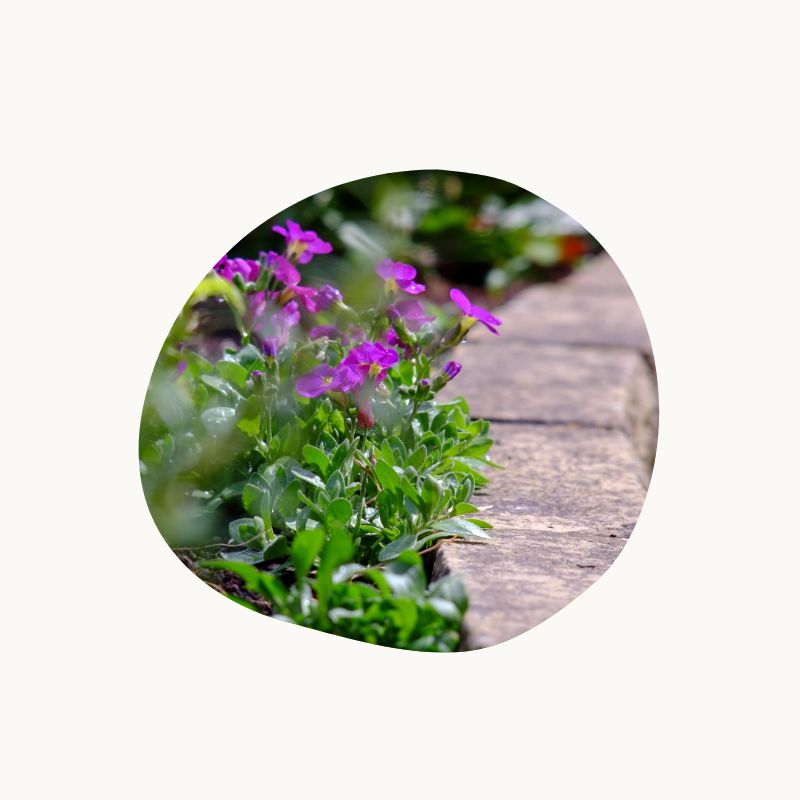Little Eden
Japanese Quince Care Guide
Japanese Quince Care Guide
Meet the Japanese Quince! This hardy shrub is a real star, especially in early spring when it bursts into colour before many other plants wake up. Its beautiful, often cup-shaped flowers in shades of red, pink, orange, or white appear on bare, thorny branches, making a striking display. It’s tough, easy to look after, and even gives you small, apple-like fruits in autumn – perfect for making jellies!
QUICK FACTS
 Very Easy
Very Easy
 up to 1.5m tall and 1.8m wide
up to 1.5m tall and 1.8m wide
 March - May
March - May
 Loves sun but will be happy in light shade
Loves sun but will be happy in light shade
 Safe for children
Safe for children
 Pet & Child Safe
Pet & Child Safe
Botanical name
Botanical name
Hemerocallis ‘Golden Chimes’

Where to plant
Choosing the right spot is important for your Japanese Quince to thrive with the right amount of space and sun.

STEP 1
Positioning your Japanese Quince
These look fantastic grown flat against a sunny wall or fence, which encourages lots of flowers. They also work well in a mixed border, adding structure and early colour. Their thorny nature makes them a good barrier hedge too.

STEP 2
The Type of Soil
Japanese Quince isn't fussy! It will grow in most types of garden soil – clay, sand, or loam. The most important thing is that the soil drains well, meaning water doesn't sit around its roots for too long.

STEP 3
When to Plant
The best time to plant is in spring, as the ground isn't frozen or waterlogged. This gives the plant time to settle in before the heat of summer or the cold of winter.

Step 4
Planting on it own or a pot
It makes a lovely standalone shrub, creating a beautiful feature, especially when trained against a wall.
While possible, Japanese Quince prefers being in the ground. If you do use a pot, choose a large one with good drainage holes and use a loam-based compost. Be prepared to water and feed it more regularly than one in the ground.

Step 5
Partner plants
Pair it with other early spring bloomers! Bright yellow Forsythia looks amazing alongside it. Spring bulbs like Daffodils and Tulips planted underneath provide a lower layer of colour.
Care for your Japanese Quince
A little care goes a long way to keep your plant happy.
-
Watering
Learn: Watering plantsWater your Japanese Quince well when you first plant it, and keep watering it regularly (once or twice a week, more if it's very hot) for its first year while it gets established. Once it’s settled in, it's quite drought-tolerant and will usually only need watering during very long, hot, dry spells.
-
Pruning
Learn: PruningThe best time to prune is right after it has finished flowering, usually in late spring or early summer.
For wall-trained plants: Cut back the shoots that grew this year to about 2-3 leaves from the main framework.
For freestanding shrubs: Remove any dead, damaged, or crossing branches. You can also thin out some older stems every few years to encourage new growth and keep the plant open and healthy.
Don't prune too late: Pruning after mid-summer might remove the wood where next year's flowers will grow.
-
Fertillising
Learn: FertillisingThis plant doesn't need much feeding. If your soil is poor, you can give it a general-purpose feed (like Growmore or fish, blood, and bone) in the spring, just as it starts growing. Avoid over-feeding.
-
Pests & Diseases
Learn: Protect from bugsJapanese Quince is generally very tough and trouble-free.
Aphids: Sometimes you might see greenfly or blackfly, especially on new shoots. You can often just wash them off with a jet of water or squash them.
Leaf Spot: You might notice dark spots on the leaves, especially in wet weather. It usually isn't serious. Clear away fallen leaves in autumn to help prevent it next year.
Fireblight: This is less common but more serious, causing shoots to look scorched and die back. If you see this, prune out the affected branches well below the damage, cutting into healthy wood, and clean your tools afterwards.
-
-
Need some help?
Little Eden EssentialsOur Little Eden essentials course gives you all the basic skills you need to help your new plant thrive.
Your Japanese Quince Calendar
Our handy calendar helps you work out your planting and pruning seasons for your Japanese Quince.
-
Jan
Still sleeping, but flowers are getting ready.
-
Feb
See Jan
-
Mar
Showtime! Enjoy the beautiful flowers. Plant new Quinces now if you wish.
-
Apr
See March
-
May
See March
-
Jun
Flowering finishes. Now is the time to prune for shape and health.
-
Jul
Leaves are green, and small fruits start to develop. Water only if it’s very dry.
-
Aug
See July
-
Sep
See July
-
Oct
Fruits ripen (they turn yellow and smell fragrant). You can pick them to make jelly. Leaves start to fall. Rake up fallen leaves.
-
Nov
See Oct
-
Dec
The plant is dormant (asleep) for winter.
Get more tips to your inbox
Join Little Eden and get garden tips and inspiration, exclusive discounts, straight to your inbox.
By submitting your email, you agree to receive marketing emails. Unsubscribe at any time.
We're here to help
Ask us any question about your Japanese Quince and we'll be happy to help.







